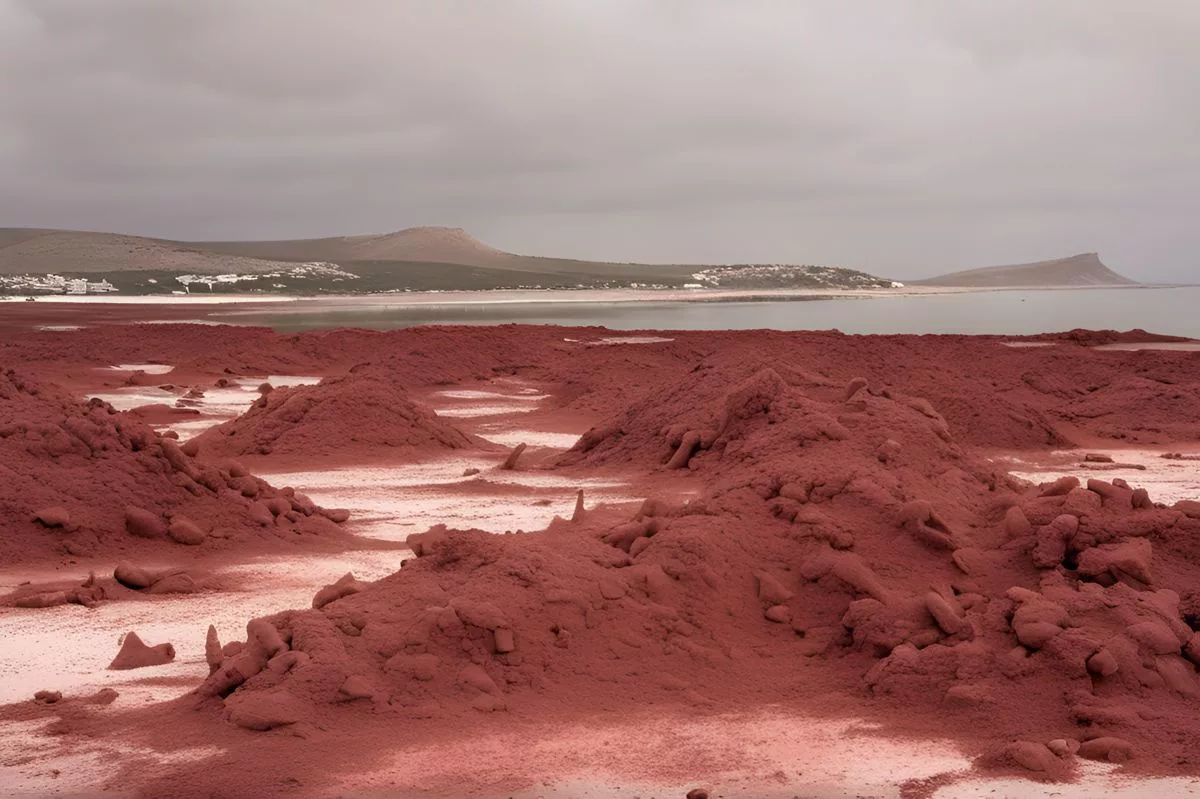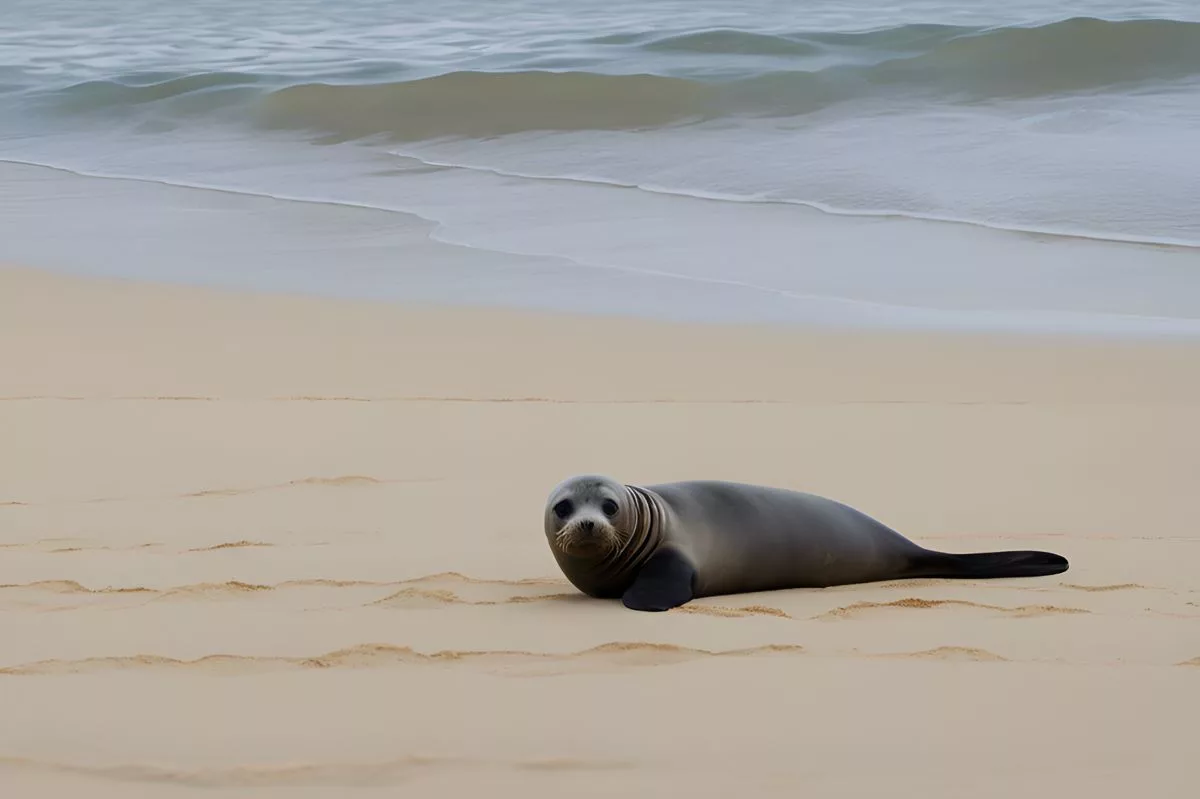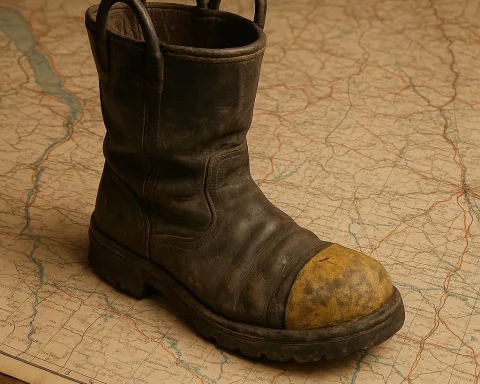Saldanha Bay is a beautiful place, but it’s covered in a troubling red dust that comes from the nearby Transnet Port Terminal, where iron ore is shipped out. This dust, despite efforts to control it, is making life hard for local residents, who are frustrated by the constant mess it creates in their homes. A local group called the Red Dust Action Group is fighting for cleaner air and better living conditions, highlighting the struggle between industry and community health. While the port helps the economy grow, the people of Saldanha Bay hope for a future where both progress and the environment can thrive together.
What causes the persistent red dust in Saldanha Bay?
The persistent red dust in Saldanha Bay is primarily caused by operations at the Transnet Port Terminal, where iron ore is processed for export. Despite dust suppression measures, this dust affects local residents’ daily lives and raises concerns about environmental health and quality of life in the area.
The Dusty Reality of Saldanha Bay
Driving through the scenic regions of Saldanha Bay and Vredenburg, visitors quickly notice an unusual red dust that covers everything from roads to rooftops. This persistent dust originates from the bustling Transnet Port Terminal, where iron ore, mined from the distant Northern Cape, begins its journey across the globe. Established in the 1970s, this terminal has become the largest iron ore exporter in Africa, underlining South Africa’s significant contribution to the global commodities market.
Iron ore’s journey is as impressive as it is integral to the region’s economy. It starts at the Sishen mine near Kathu, Northern Cape, and travels 861 kilometers along the Sishen-Saldanha railway line to reach the port. Transnet reports that this railway annually carries about 58,000 tonnes of iron ore to Saldanha for export. While iron ore dominates, the terminal also processes smaller volumes of manganese, zinc, and lead, reinforcing the port’s role as a vital link in the global supply chain.
However, the industrial success brought by the terminal is shadowed by the problems it creates. The omnipresent red dust has led to significant challenges for local residents, spurring the creation of the Red Dust Action Group (RDAG). This community group, boasting around 1,000 members, advocates for environmental sustainability and cleaner living conditions. Their social media platforms vividly showcase their daily struggles with dust, displaying images of red plumes surrounding the terminal and coating homes, vehicles, and landscapes.
Community Challenges and Advocacy
Despite official reports stating that dust levels remain within legal limits, many locals remain unconvinced. RDAG’s chairperson, Kyle Dods, calls for independent assessments and enhanced public involvement. He emphasizes the need for stricter dust emission regulations, particularly highlighting the National Environmental Management Act (NEMA) and the Air Quality Act. Dods notes, “People are incredibly stressed and angry,” reflecting the community’s frustration with living under a constant red haze.
Everyday tasks like hanging laundry become futile when pets return coated in dust, and open doors usher unwanted stains onto kitchen surfaces. Frequent repainting and replacing of signage are necessary chores due to the dust’s invasive nature. This ongoing issue not only affects household chores but also impacts local businesses, prompting some to contemplate relocating.
Long-time resident Este Noble recalls signing agreements with Transnet in 2018 for compensation due to dust-related staining. Despite these agreements, the pollution persists, as evidenced by a particularly severe incident this year when his Bluewater Bay home became engulfed in red dust. Transnet’s records may show no release, but the visual proof—red-covered homes and pets—tells a different story.
Mitigation Measures and Ongoing Struggles
Transnet claims to have introduced numerous dust suppression strategies, as explained by Andiswa Mesatywa, their Regional Corporate Affairs and Stakeholder Manager. These include a reverse osmosis plant for desalinating seawater used in dust control, strategically placed water points for wetting ore during unloading, and chemical treatments on conveyor belts. Dust extraction systems are also in place, and an independent environmental consultant monitors emission levels to ensure compliance with legal limits.
Yet, the visible nuisance of the red dust persists despite these efforts. Transnet’s assertion that the dust poses no health risks offers little comfort to those affected. Mesatywa mentions ongoing community engagement through regular meetings with local representatives. Additionally, Kumba Iron Ore, owner of the Sishen mine, collaborates with Transnet to reduce dust impact, employing suppression systems at their facilities before ore is transported.
The Red Dust Action Group remains steadfast in seeking accountability and transparency, highlighting a broader global issue—the need to balance industrial progress with environmental responsibility. In Saldanha Bay, the red dust serves as a vivid reminder of the complex interplay between economic development and community well-being.
Seasonal Patterns and Future Prospects
Saldanha Bay Municipality has identified a seasonal pattern in dust-related complaints, which peak during the windy months from October to April. These grievances are forwarded to the West Coast District Municipality and Transnet Port Terminals for attention. The region’s unique combination of natural forces and industrial activities highlights the complex dynamics at play.
With its rich history and strategic role in international trade, Saldanha Bay embodies the challenges of a rapidly evolving world. The ongoing struggle against red dust underscores the quest for a delicate balance between economic prosperity and environmental preservation—a narrative that resonates well beyond this picturesque coastal town. As the community and stakeholders continue their dialogue, the hope is for sustainable solutions that honor both the region’s industrial significance and its residents’ quality of life.
“`markdown
FAQ: The Persistent Red Dust of Saldanha Bay
What causes the persistent red dust in Saldanha Bay?
The persistent red dust in Saldanha Bay is primarily caused by operations at the Transnet Port Terminal, where iron ore is processed for export. Despite dust suppression measures, this dust significantly impacts local residents’ daily lives, raising concerns about environmental health and quality of life in the area.
How does the red dust affect local residents?
Local residents have reported numerous issues related to the red dust, including stained homes and vehicles, difficulties with household chores, and stress over ongoing pollution. Everyday activities such as hanging laundry become futile, and local businesses may face challenges due to the dust, prompting some to consider relocating.
What is the Red Dust Action Group?
The Red Dust Action Group (RDAG) is a community organization with around 1,000 members advocating for cleaner air and better living conditions in Saldanha Bay. They highlight the struggles faced by residents, call for stricter dust emission regulations, and push for independent assessments of dust levels and environmental impact.
What measures has Transnet implemented to control dust?
Transnet has introduced several dust suppression strategies, including a reverse osmosis plant for desalinating seawater used in dust control, water points for wetting ore during unloading, and dust extraction systems. An independent consultant monitors emission levels to ensure compliance with legal limits, although concerns about the effectiveness of these measures persist.
Are there specific times when dust complaints peak in Saldanha Bay?
Yes, the Saldanha Bay Municipality has identified that dust-related complaints tend to peak during the windy months from October to April. Residents often report their grievances to the West Coast District Municipality and Transnet Port Terminals during these times.
What are the prospects for balancing industrial development and environmental preservation in Saldanha Bay?
The ongoing struggle against red dust highlights the need for a balance between economic progress and environmental sustainability. Community leaders, such as RDAG, emphasize the importance of dialogue between stakeholders to seek sustainable solutions that respect the region’s industrial significance while addressing residents’ quality of life.
“`












